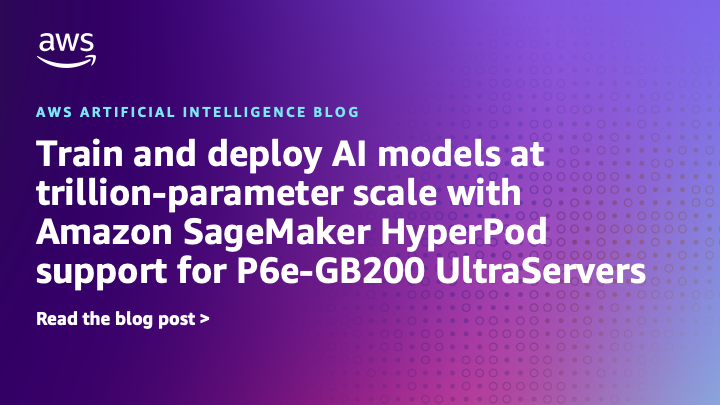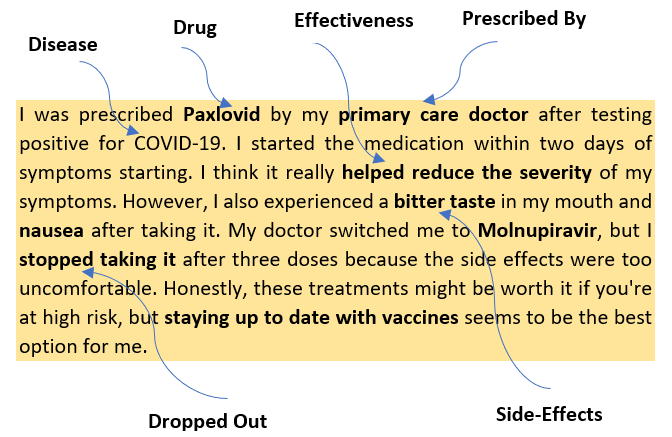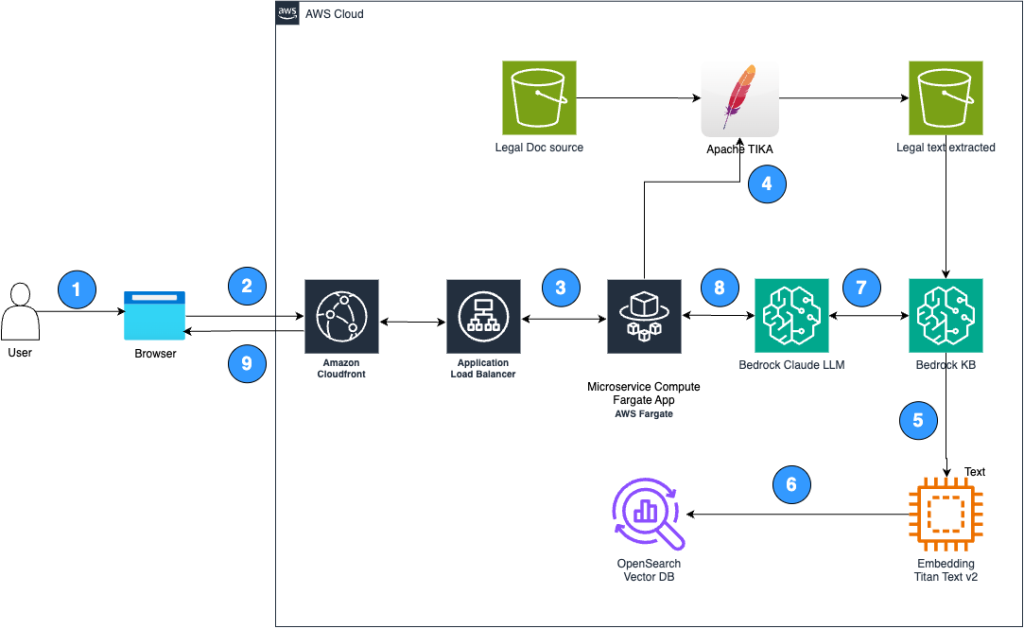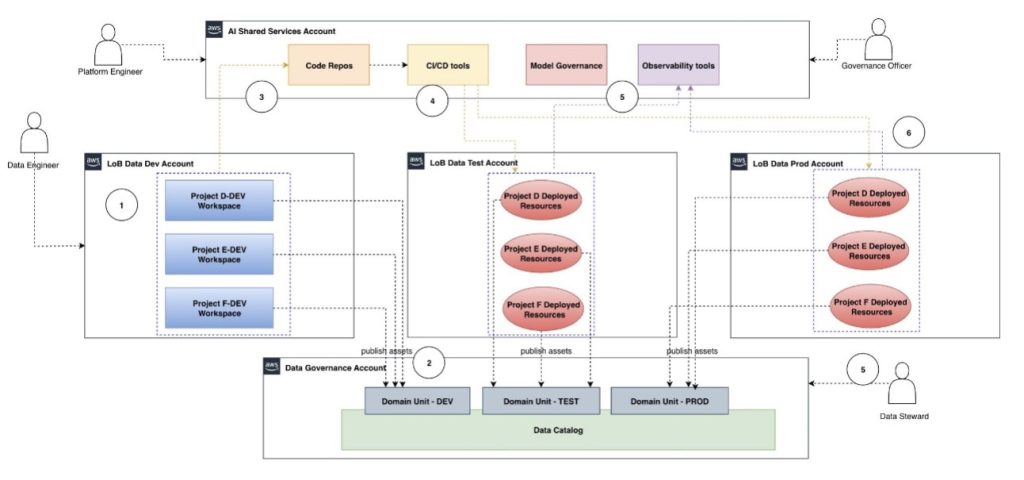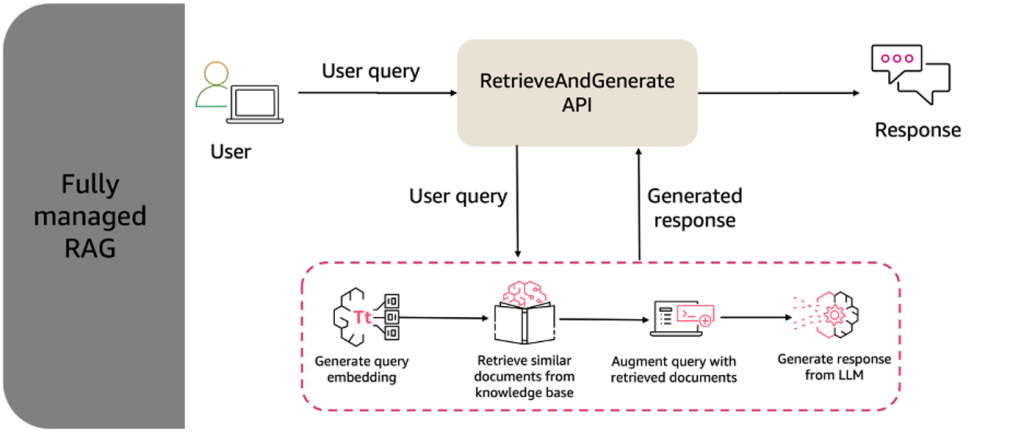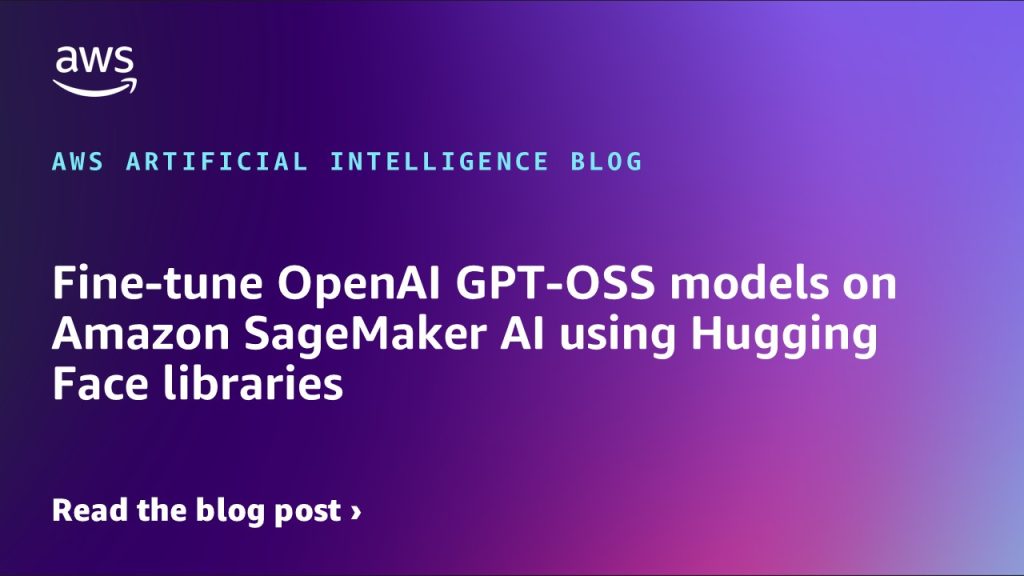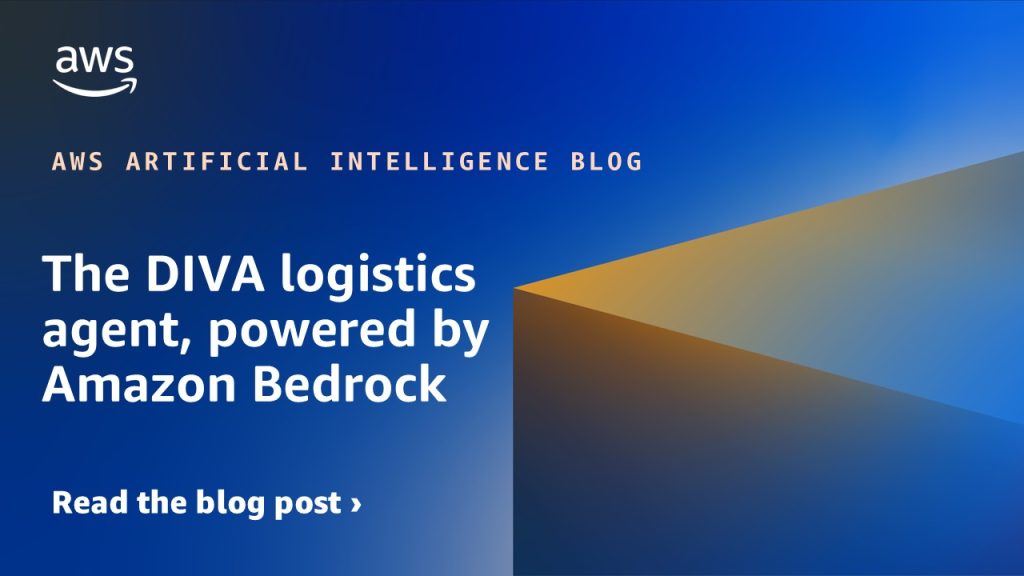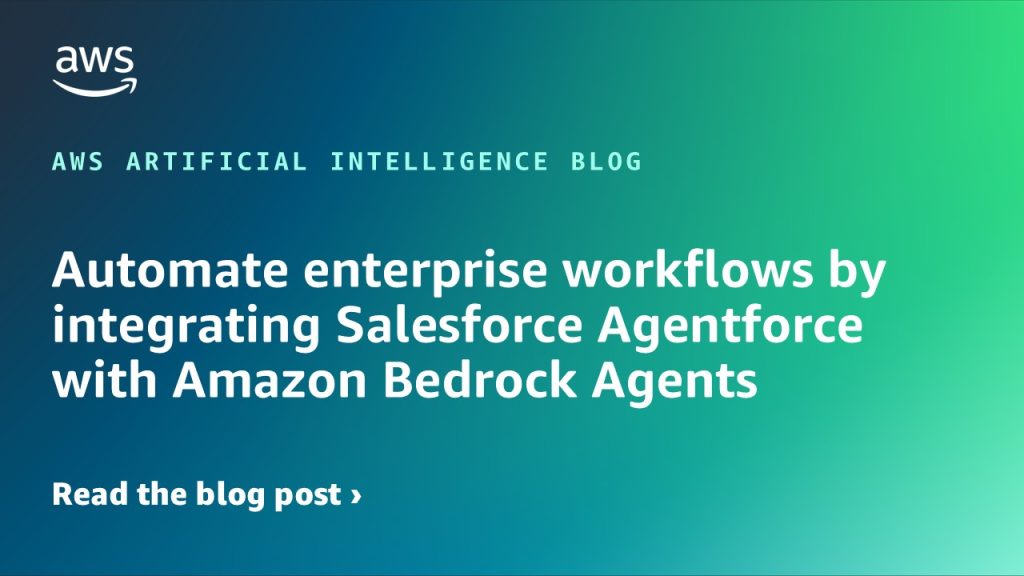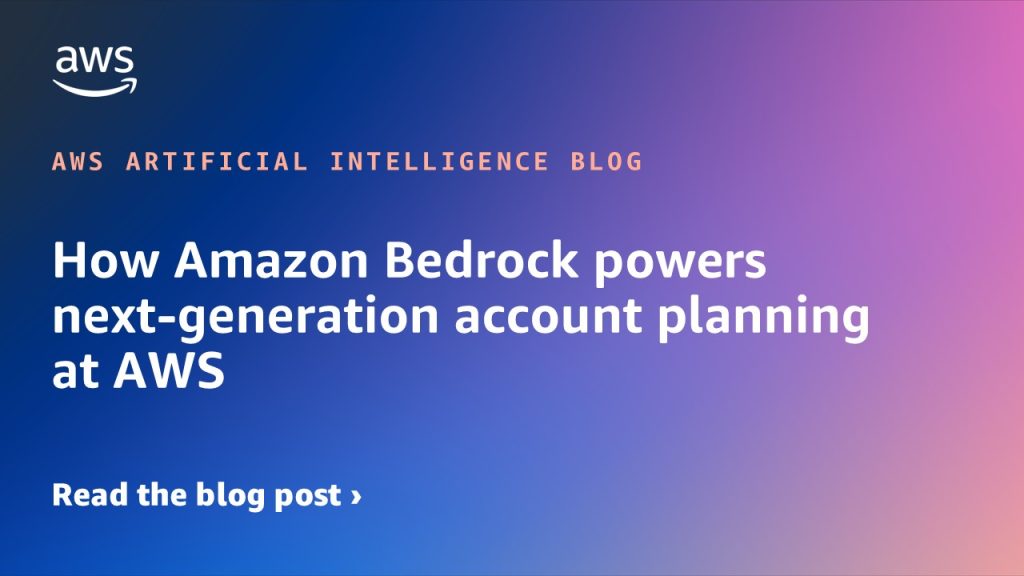Artificial Intelligence
Category: Artificial Intelligence
Train and deploy AI models at trillion-parameter scale with Amazon SageMaker HyperPod support for P6e-GB200 UltraServers
In this post, we review the technical specifications of P6e-GB200 UltraServers, discuss their performance benefits, and highlight key use cases. We then walk though how to purchase UltraServer capacity through flexible training plans and get started using UltraServers with SageMaker HyperPod.
How Indegene’s AI-powered social intelligence for life sciences turns social media conversations into insights
This post explores how Indegene’s Social Intelligence Solution uses advanced AI to help life sciences companies extract valuable insights from digital healthcare conversations. Built on AWS technology, the solution addresses the growing preference of HCPs for digital channels while overcoming the challenges of analyzing complex medical discussions on a scale.
Unlocking enhanced legal document review with Lexbe and Amazon Bedrock
In this post, Lexbe, a legal document review software company, demonstrates how they integrated Amazon Bedrock and other AWS services to transform their document review process, enabling legal professionals to instantly query and extract insights from vast volumes of case documents using generative AI. Through collaboration with AWS, Lexbe achieved significant improvements in recall rates, reaching up to 90% by December 2024, and developed capabilities for broad human-style reporting and deep automated inference across multiple languages.
Automate ModelOps with Amazon SageMaker Unified Studio, Part 1: Solution architecture
This post presents architectural strategies and a scalable framework that helps organizations manage multi-tenant environments, automate consistently, and embed governance controls as they scale their AI initiatives with SageMaker Unified Studio.
Demystifying Amazon Bedrock Pricing for a Chatbot Assistant
In this post, we’ll look at Amazon Bedrock pricing through the lens of a practical, real-world example: building a customer service chatbot. We’ll break down the essential cost components, walk through capacity planning for a mid-sized call center implementation, and provide detailed pricing calculations across different foundation models.
Fine-tune OpenAI GPT-OSS models on Amazon SageMaker AI using Hugging Face libraries
Released on August 5, 2025, OpenAI’s GPT-OSS models, gpt-oss-20b and gpt-oss-120b, are now available on AWS through Amazon SageMaker AI and Amazon Bedrock. In this post, we walk through the process of fine-tuning a GPT-OSS model in a fully managed training environment using SageMaker AI training jobs.
The DIVA logistics agent, powered by Amazon Bedrock
In this post, we discuss how DTDC and ShellKode used Amazon Bedrock to build DIVA 2.0, a generative AI-powered logistics agent.
Automate enterprise workflows by integrating Salesforce Agentforce with Amazon Bedrock Agents
This post explores a practical collaboration, integrating Salesforce Agentforce with Amazon Bedrock Agents and Amazon Redshift, to automate enterprise workflows.
How Amazon Bedrock powers next-generation account planning at AWS
In this post, we share how we built Account Plan Pulse, a generative AI tool designed to streamline and enhance the account planning process, using Amazon Bedrock. Pulse reduces review time and provides actionable account plan summaries for ease of collaboration and consumption, helping AWS sales teams better serve our customers.
Process multi-page documents with human review using Amazon Bedrock Data Automation and Amazon SageMaker AI
In this post, we show how to process multi-page documents with a human review loop using Amazon Bedrock Data Automation and Amazon SageMaker AI.
